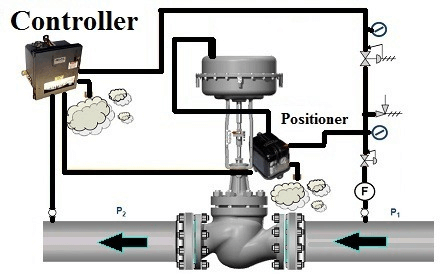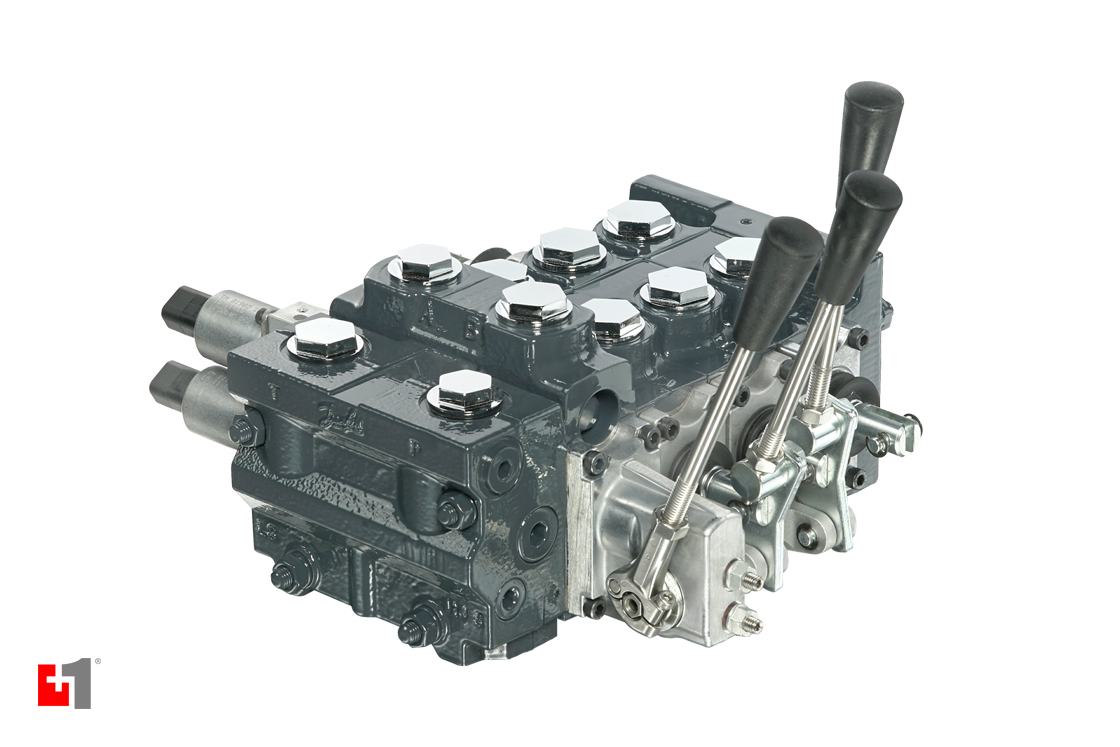Enhancing Operational Effectiveness with Advanced Control Valves
Enhancing Operational Effectiveness with Advanced Control Valves
Blog Article

Maximize Power Financial Savings and Comfort With Advanced Building Automation Controls
In the realm of modern architecture and center management, the integration of advanced structure automation regulates stands as a pivotal development. By harnessing the power of automation, structures can adjust, react, and evolve in means that were when unbelievable.
Power Efficiency Advantages
Power performance benefits can dramatically minimize energy intake and operational costs in structures. Energy-efficient systems, such as innovative building automation controls, can optimize the usage of sources like cooling, illumination, and home heating, leading to reduced energy expenditures over time.
Moreover, enhanced energy effectiveness can extend the life-span of building devices and systems. By running a lot more efficiently, HVAC systems, light, and various other structure components experience less wear and tear, leading to lowered upkeep and replacement costs. Furthermore, energy-efficient buildings commonly command higher home worths and rental rates, providing lasting financial benefits to proprietors.
Furthermore, energy performance can enhance owner comfort and productivity. Properly controlled indoor environments with optimum illumination and thermal conditions develop an even more positive and favorable work area, resulting in enhanced staff member fulfillment and performance. On the whole, the power performance benefits related to advanced building automation controls are multifaceted, encompassing price financial savings, ecological stewardship, and owner well-being.
Enhanced Convenience Control
Enhancing convenience control in building environments requires an innovative integration of advanced automation systems for optimum passenger wellness. By making use of advanced building automation controls, facilities can tailor the interior environment to fulfill the specific demands and choices of passengers. control valves.
By integrating these innovative controls, buildings can not only improve comfort but additionally enhance power performance by enhancing system operations based on actual occupancy and use patterns. Eventually, prioritizing passenger comfort with innovative automation systems leads to an extra pleasurable and much healthier indoor atmosphere.
Functional Effectiveness Improvements

Furthermore, the application of real-time surveillance and analytics devices allows structure drivers to recognize energy inefficiencies and functional abnormalities immediately. By continuously keeping an eye on energy use patterns and system performance metrics, adjustments can be made in real-time to optimize power usage and make sure peak functional effectiveness. control valves. Furthermore, including demand reaction techniques into building automation controls can additionally boost functional efficiency by dynamically readjusting power use based on grid problems and rates signals
Indoor Climate Optimization
Reliable interior environment optimization is a fundamental element of building automation controls, ensuring residents' convenience and health while making best use of energy savings. By utilizing innovative sensing units and controls, constructing automation systems can continually check and adjust temperature, humidity levels, air quality, and air flow to create an optimal interior setting. Keeping consistent and comfortable conditions not just boosts occupant complete satisfaction however also boosts productivity and overall wellness.
Indoor climate optimization also plays a critical function in energy efficiency. By fine-tuning heating, air conditioning, and air flow systems based upon real-time information and tenancy patterns, constructing my link automation controls can dramatically minimize power intake - control valves. For circumstances, executing methods such as demand-controlled air flow and thermal zoning can aid reduce power waste while making sure that each location of the structure obtains the needed conditioning.

Lasting Atmosphere Production
Building automation controls not only optimize indoor climate conditions for energy performance and passenger comfort but Bonuses also lay the structure for developing a sustainable setting through calculated administration of systems and resources. By integrating advanced building automation modern technologies, such as sensors, actuators, and intelligent software program, centers can adjust and monitor power use in real-time to reduce waste and reduce their carbon footprint. These systems enable anticipating maintenance, recognizing potential issues prior to they rise and optimizing tools performance to enhance durability directory and efficiency.
Furthermore, lasting setting development prolongs beyond power monitoring to incorporate water conservation, waste decrease, and interior air top quality enhancement. Building automation controls can manage water usage, spot leakages, and ensure proper garbage disposal techniques, adding to total sustainability initiatives. In addition, by regulating and monitoring air flow and filtering systems, these technologies boost passenger health and efficiency while decreasing power usage related to cooling and heating procedures.
Final Thought
Finally, progressed structure automation regulates offer significant benefits in regards to energy savings, convenience control, operational effectiveness, indoor climate optimization, and producing a lasting environment. By implementing these controls, structures can attain ideal efficiency while lowering power intake and improving resident comfort. It appears that making use of innovative automation innovation is crucial in enhancing building efficiency and producing a much more sustainable future.
Energy effectiveness benefits can considerably lower energy consumption and functional prices in structures. On the whole, the power performance advantages linked with sophisticated structure automation controls are diverse, encompassing price financial savings, ecological stewardship, and owner health.
In addition, incorporating demand feedback approaches right into building automation controls can further enhance operational efficiency by dynamically changing energy usage based on grid conditions and pricing signals.
Building automation regulates not just optimize indoor environment problems for power efficiency and occupant comfort however also lay the foundation for developing a lasting setting through tactical administration of systems and sources.In conclusion, advanced building automation regulates deal considerable advantages in terms of energy financial savings, comfort control, operational effectiveness, indoor environment optimization, and developing a lasting atmosphere.
Report this page